( Quang Ngai Newspaper) - For ancient people, hair keeping, hair cutting and hairstyles... were both natural organisms and included human concepts, aesthetics, and bore the historical and cultural imprint of a land.
We have seen that, with Middle Eastern people, men must have long beards and not shave, which comes from the Islamic belief. In the past, Quang Ngai people, both men and women, had long hair, tied in a bun at the nape of the neck. Some people say that it is because Vietnamese people have not yet invented hair clippers like in the West. That thinking may be wrong, because sometimes cutting hair only requires scissors or a knife. Having long hair is associated with the concept that hair is given by parents and cannot be cut. During the French colonial period, under the name of "civilization", it is not known whether they encouraged people to cut their hair or not, but it is clear that it was not until the Duy Tan "hair cutting" movement in the early 20th century with bachelor Le Dinh Can as the initiator that it began.
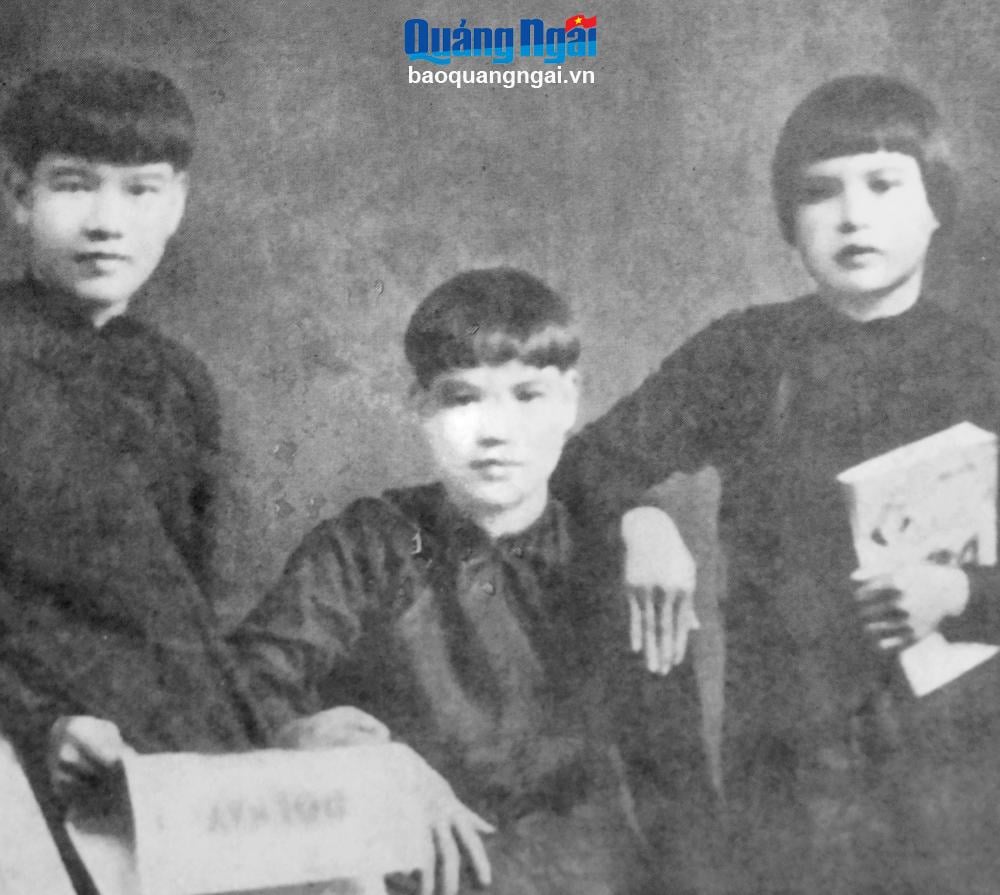 |
| Quang Ngai people with pom-pom hairstyles in the 1930s. PHOTO: TL |
The notion that hair is given by parents makes people reluctant to cut it. Just like when the last Chinese emperor, Pu Yi, cut off his long pigtail that hung down his back, his courtiers cried. That shows that changing customs is not easy. But the new things will gradually become familiar. It was popular after the Duy Tan movement for men to cut their hair short, women to keep their hair long, some people cut "pom-pe" which means cutting their hair short to the nape of the neck, cut in the front across the forehead, without parting, some people learned from the West "phi-de" (curling).
Teeth and hair are the corner of a person. Hair is a manifestation of the body, of the organism. Healthy people often have thick and dense hair. Some people have soft and smooth hair like silk, some have hard and rough hair, commonly known as bamboo root hair. Cutting hair is not only for neatness, but also an aesthetic factor, the style depends on the face and skin color.
Men in Quang Ngai in the past often had hairstyles such as: Hốt ca-rê (ironed close to the skin around the head, on the top of the head the hair is only about 1cm long, around the forehead is round); three-point hair is the same as the above style but the hair is longer on the top of the head (about 3cm), the forehead is left naturally long; the xip-po style is the same as the three-point hair but the hair on the top is longer, combed and parted; the bangs are cut around the hair, not ironed close to the scalp, but the roots are left about half a centimeter and the top is left like the xip-po style. Women who do not have naturally long hair cut it straight in a pom-pe style, if they have a phi-de style, it is often cut short to cover the shoulders. People who have naturally long hair often use clips (young women) or buns at the nape of the neck (old women), if the hair is only thin, people have chang toi, which means holding the hair on the outside, adding it to make the bun full. After 1975, women had a new hairstyle, cut at the nape of the neck, curled inward, perhaps this hairstyle was imported from Eastern Europe.
Since the “hair cutting” movement in the early 20th century, barbers appeared in Quang Ngai. Apprentices were taught by one person through practice. A barber could open a shop or buy a small box containing tools and go around the villages to cut hair. Quang Ngai town, as well as districts and villages, all had barber shops. The minimum tools for barbering were a clipper (to “irone” hair), scissors, a razor, an ear pick, a scarf, a small hair brush, and a mirror.
Clippers are usually of French or German origin, and the razors are usually Dorko from Germany. If the scissors and clippers are dull, the barber will take the trouble to sharpen them before cutting the customer's hair. There are cases where the barber is lazy to sharpen the scissors and clippers, which will hurt when cutting hair and make the hair look messy and clumsy. There is a funny story that the hair is not beautiful so the customer "makes the barber pay". People just laugh and say: "An ugly face is hard to change, but if the hair is damaged by a haircut, the hair will grow back soon.
Nowadays, hairdressing technology is very modern, with all kinds of styles and colors. Remembering the old haircut is also a bit of nostalgia for the past difficult times.
CAO CHU
Source link












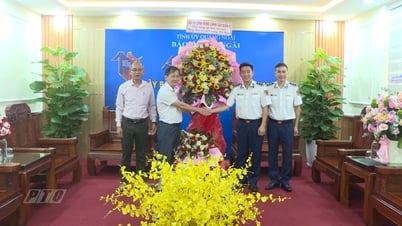






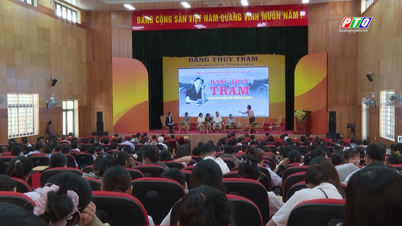
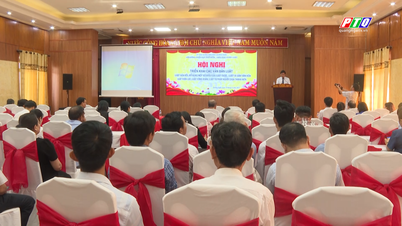






















































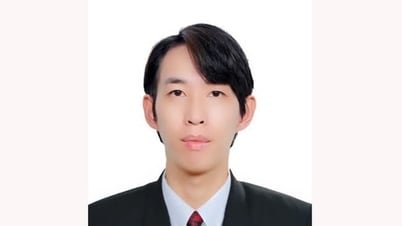

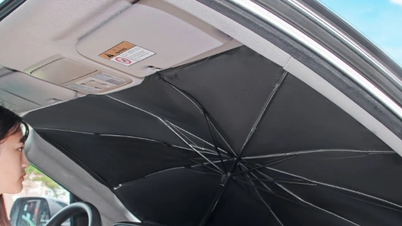

















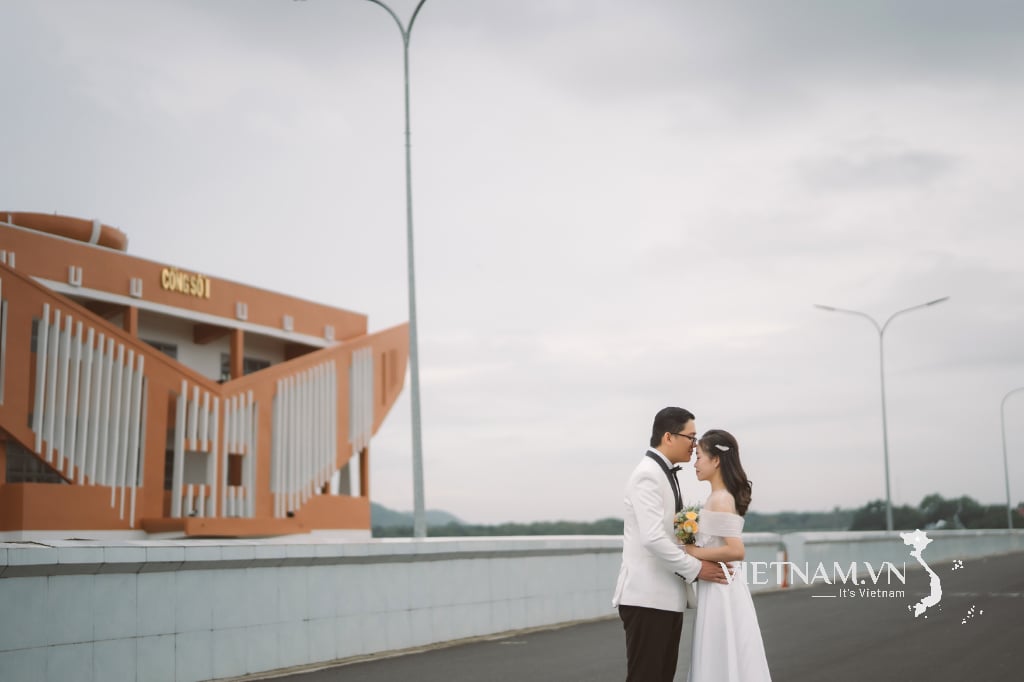

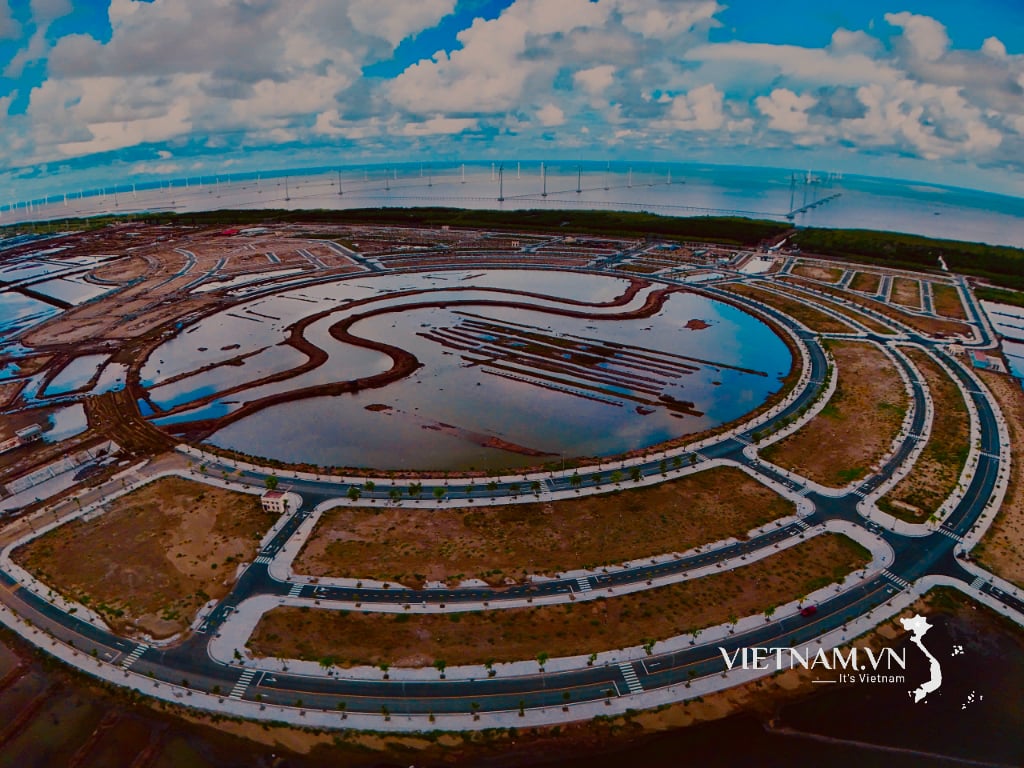
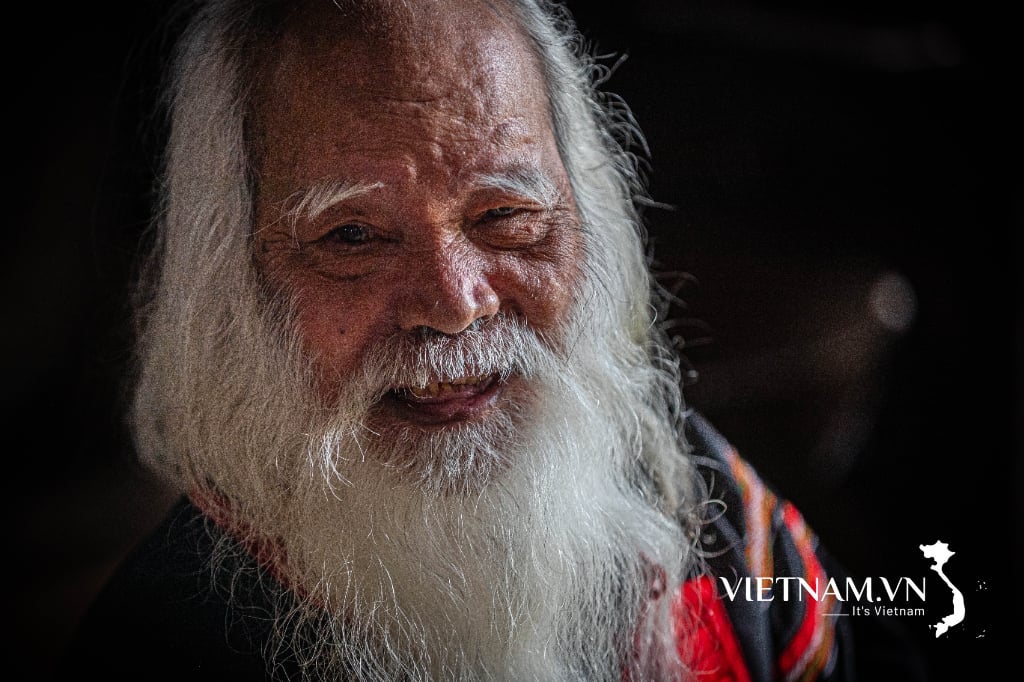
Comment (0)